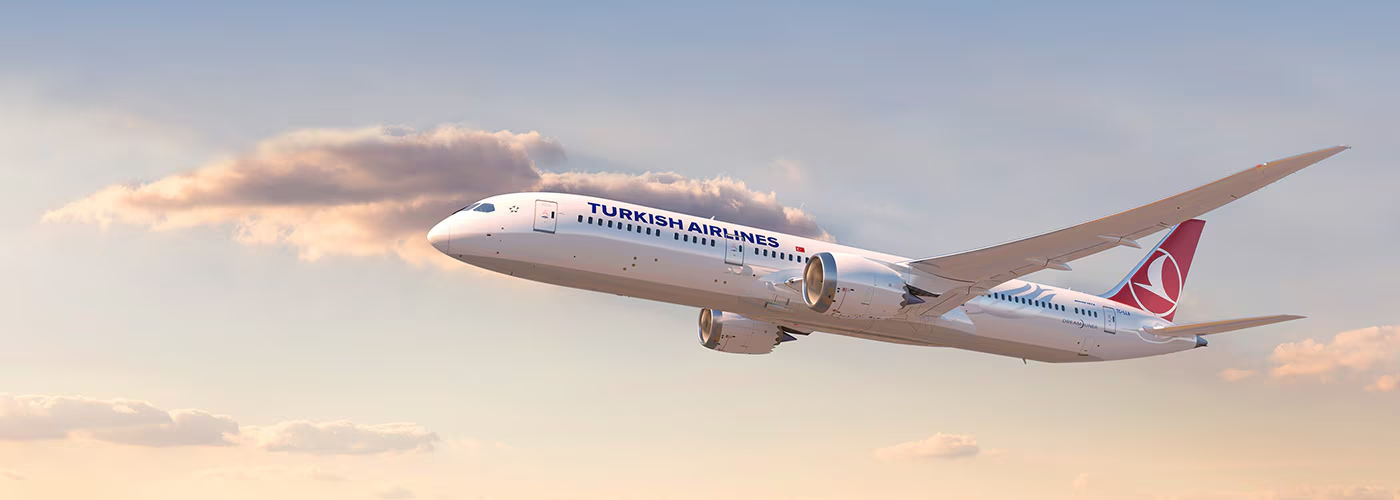Why Boeing Aircraft Names Start and End with “7”?
Have you ever wondered why Boeing aircraft names always start and end with a “7”? From the iconic 707 to the modern 787 Dreamliner, these aircraft names start and end with the number 7. In this article, we’ll delve into the fascinating world of Boeing’s plane numbering system, exploring the reasons behind this distinctive pattern and uncovering the possibilities for future model designations. Join us as we unravel the mystery behind why Boeing plane models start and end with the number 7.
The History of Boeing Plane Numbering

Boeing’s commercial aircraft have a long history of numerical designations starting and ending with the number seven. It all began in the 1950s with the iconic Boeing 707, and since then, Boeing has continued this tradition with its popular jetliners. Let’s delve into the intriguing history of Boeing plane numbering and uncover the reasons behind this unique convention.
The Theories Behind Boeing’s Numbering System
Over the years, several theories have emerged to explain the reasoning behind Boeing’s numbering system. One theory suggests that the 707 was Boeing’s seventh aircraft series. However, this is not accurate as Boeing’s first modern passenger jetliner was actually the 367-80, a prototype for the 707.
Another theory suggests that the number in Boeing’s aircraft names represents their passenger capacity. This idea draws inspiration from Airbus, which named its A300 based on its approximate capacity. However, this theory falls short when it comes to the Boeing 707, as even its largest variant only accommodated 219 passengers.

The Real Reason for Boeing’s Numbering System
The true reason behind Boeing’s numbering system lies in its practicality and ease of reference. The numbers assigned to each aircraft model help engineers and industry professionals differentiate between the various products in Boeing’s extensive portfolio. Here’s a breakdown of Boeing’s numbering system:
- 100: Used for earlier models and the first biplanes constructed by Boeing.
- 200: Designated for early single-wing designs that deviated from the prevailing biplane trend.
- 300 and 400: Assigned to commercial propeller-driven aircraft.
- 500: Reserved for turbo-engined aircraft.
- 600: Designated for missiles and rocket-powered devices.
- 700: Allocated to jet-powered commercial aircraft.
- 800: Currently unused.
- 900: Used for a unique project—a turbojet hydrofoil boat designated as the 929.
The consistent use of the number 7 in the 700 series has played a crucial role in establishing brand recognition and a strong association with Boeing. It has become an integral part of the company’s identity, signifying innovation, reliability, and excellence in the aviation industry.
Emirates Boeing 777 MODEL from Air Models, Buy now!
The Significance of Ending 700 Series Aircraft with the Number 7
An intriguing aspect of Boeing’s numbering convention is the practice of ending 700 series aircraft with the number seven. This decision has both marketing and linguistic considerations. From a marketing perspective, the symmetry of the “7×7” combination is visually appealing and memorable. It also rolls off the tongue easily and aids in brand recognition. Additionally, the 700 series designations have become synonymous with some of Boeing’s most iconic and legendary aircraft, such as the legendary Boeing 747.
Future Possibilities for Boeing Plane Numbering

Considering the extensive range of jetliner families Boeing has developed over the years, one may wonder what the future holds for their numbering convention. With some series already discontinued and others continuing to evolve, the available numbers are becoming limited. The 797 has long been rumored to be a potential new middle-market aircraft, but beyond that, Boeing may need to explore alternative options.
Read more about the Boeing 797: Boeing B797 in the Making?
In the future, Boeing might consider adding a fourth number to the designation or moving beyond the number 7 at the end to accommodate new models. Alternatively, they could introduce a new series altogether, such as the presently unused 800 series. Whatever the future holds, Boeing’s commitment to innovation and progress in the aviation industry will undoubtedly remain unchanged.

You might be also interested in: The Differences Between the Boeing 777 Variants
The Boeing plane numbering convention has fascinated aviation enthusiasts for decades. While theories have emerged to explain the origin and significance of these numerical designations, the true reason lies in practicality and ease of reference. Ending 700 series aircraft with the number seven adds a touch of symmetry and allure to Boeing’s product lineup. As we look to the future, it remains to be seen how Boeing will navigate the evolving landscape of aircraft numbering and continue to captivate aviation enthusiasts worldwide.
- Featured image by BaqirKPAE
Youssef Yahya is the CEO and Founder of Aviation for Aviators, a platform dedicated to the aviation industry. With over 3 years of experience as an aviation writer, Youssef is passionate about sharing his insights on aviation, entrepreneurship, and the broader business landscape. As a Teaching Assistant in Entrepreneurship at Nile University, he also nurtures the next generation of entrepreneurs. When he’s not exploring the skies or business ventures, you can find him saying, ‘Drag your coffee, and let’s talk aviation, entrepreneurship, and football.’
You might also like:
- Why Some Pilots Can’t Enter a Cloud
- Ongoing crisis: warning from IATA on airline bankruptcies
- Why the A380 Found a Home at Emirates?
- How Much Could a Jet Engine Cost?
- FC Bayern Munich Ends Sponsorship Deal with Qatar Airways
Discover more from Aviation for Aviators
Subscribe to get the latest posts sent to your email.















Leave a Reply